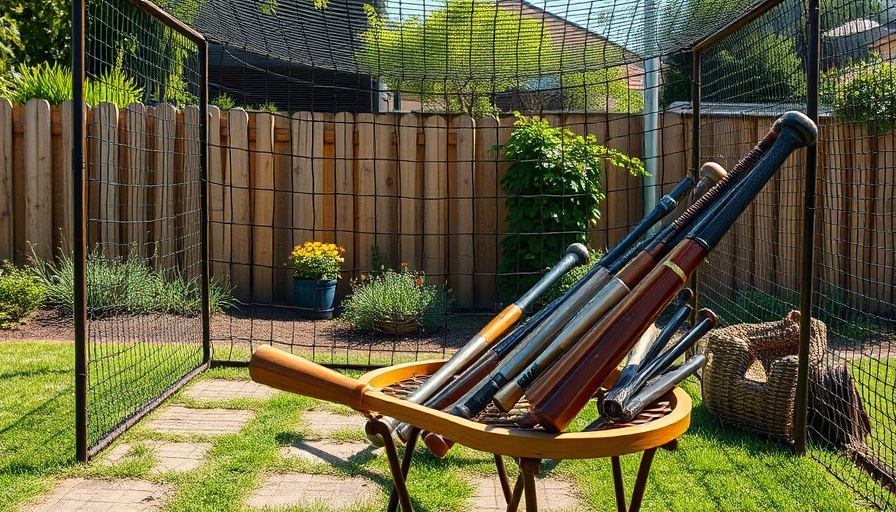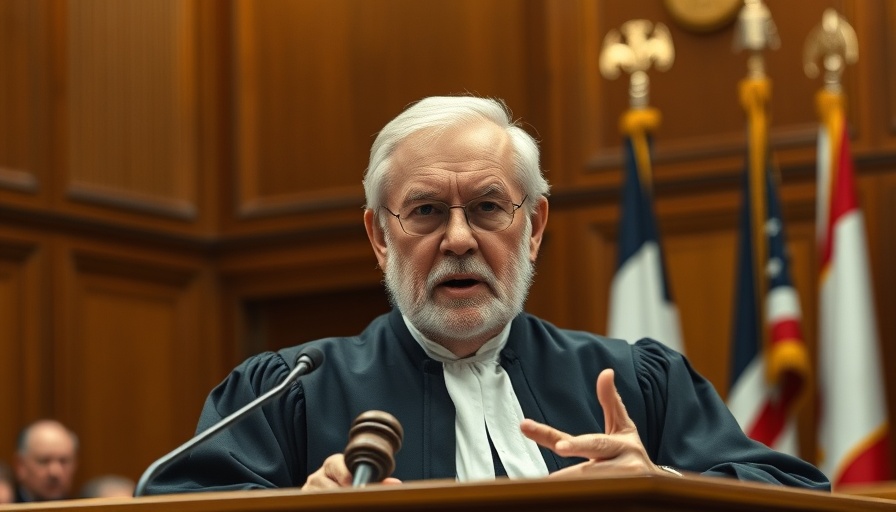
Community Impact: The Closure of a Backyard Batting Cage
The recent closure of a beloved backyard batting cage in Kailua has left many in the local softball community feeling heartbroken and confused. Henson Thomas, the owner of the batting cage, has taught countless youth how to swing a bat and improve their skills in the sport. His dedication extended beyond just coaching; he provided a safe, encouraging space for young athletes, many of whom have gone on to play collegiate softball. Without a doubt, this was more than just a batting cage; it was a nurturing environment that fostered talent and community.
In Kailua backyard batting cage forced to close, the discussion dives into the impact of zoning laws on community sports initiatives, exploring key insights that sparked deeper analysis on our end.
Zoning Laws and Community Spaces
The controversy surrounding Henson's batting cage centers on local zoning laws. After receiving complaints from neighbors, the City’s Department of Planning and Permitting determined that the cage violated zoning regulations. Specifically, they deemed it a permanent outdoor sports facility, which is not permitted in that residential area if it includes lessons for non-residents. This decision raises important questions about how communities can balance the enforcement of regulations with the need for spaces that foster local talent and camaraderie.
Balancing Regulations with Community Needs
While zoning laws exist to maintain the integrity of neighborhoods, they can also stifle community-oriented activities. Henson made numerous adjustments to alleviate concerns, such as lowering noise levels by using wooden bats and opting for softer balls. These efforts, however, weren't enough to satisfy the city regulations, showcasing the complex relationship between regulations and community desires. This situation invites residents to contemplate how we can be both compliant and supportive of local initiatives that uplift community members.
Emotional Responses from the Community
The closure of the batting cage has elicited emotional reactions from parents and students alike. Many have expressed their worries about losing a space that served as a welcoming hub for young athletes. "Before we had this, it was hard to find a place where kids could learn and develop their skills without traveling far from home," mentioned a parent affected by the situation. The inability to hold lessons at a local level not only impacts the kids but also affects the community’s social fabric.
Looking Forward: What’s Next for Henson?
In light of the city’s ruling, Henson is now exploring his options. He has expressed a desire to continue helping the youth in his community, so it’s crucial for him to find ways to adapt to the current circumstances. Whether it involves moving his operations to a more appropriate venue or working within the existing regulations to create a community sports space, Henson remains committed to nurturing young talent.
Call to Action: Support Local Initiatives
As we reflect on Henson’s story, it becomes evident that community spaces like his batting cage play an essential role in keeping the spirit of local culture alive. It's vital to raise awareness about the importance of maintaining such initiatives in our neighborhoods. Residents in Pearl City and beyond are encouraged to engage in conversations with local officials about community sports, zoning laws, and finding ways to bridge the gap between regulations and community needs. By supporting such initiatives, we can ensure that our neighborhoods continue to thrive.
 Add Row
Add Row  Add
Add 




Write A Comment